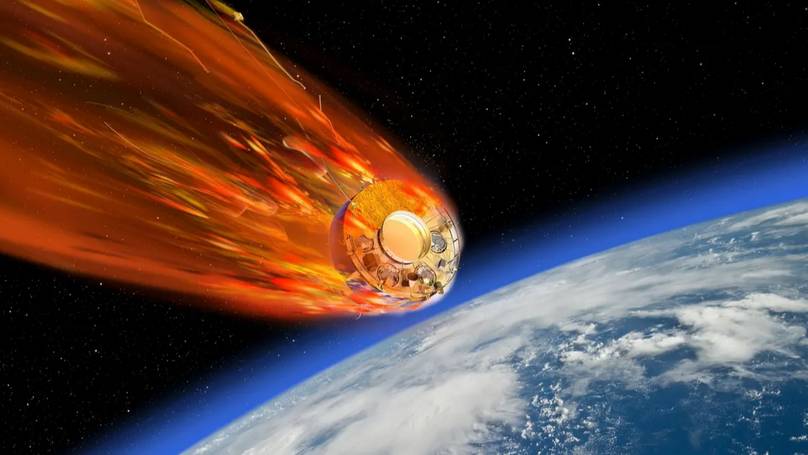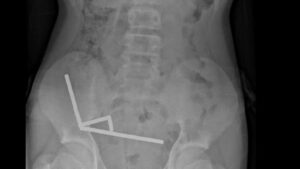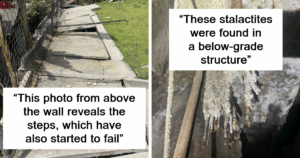Countdown to catastrophe: What could happen if a rogue 50-year-old spaceship slams into London next week?
Ever wondered what happens when a 50-year-old Soviet spaceship decides it’s time to drop by Earth unannounced? Well, brace yourself, because the Kosmos 482—originally intended for a romantic rendezvous with Venus back in ’72—has been doing overtime, orbiting our planet for over five decades. Thanks to a rocket hiccup that clipped its wings, this 495kg steel relic never made it to its heavenly date and is now set to blaze back through our atmosphere any day between May 7 and 13. Sounds like the setup for a sci-fi movie, right? But before you start picturing an alien invasion or Hollywood-style catastrophe, a space whiz from Oxford has crunched the numbers on what the worst-case scenario might look like… Spoiler alert: it’s more van crash than meteor strike. Curious to know the full cosmic tale? LEARN MORE
A 50-year-old spaceship is set to crash back down to Earth next week and a space expert has revealed what the worst-case scenario looks like.
The Kosmos 482, a Soviet lander probe, was intended to land on Venus after it was launched on 31 March 1972.
As part of the Venera program, the mission ultimately failed due to a premature cutoff of the rocket burn, which prevented it from escaping the Earth’s orbit.
Instead of heading to Venus, the 495kg descent module has basically been orbiting over us for 53 years, as NASA now expect it to reenter Earth’s atmosphere between 7 May and 13 May.
And the potential reentry zone spans latitudes between 52°N and 52°S, covering the UK, much of Europe, Asia, Africa, Australia, and the Americas.
Worst case scenario if the Kosmos 482 crash lands into London next week
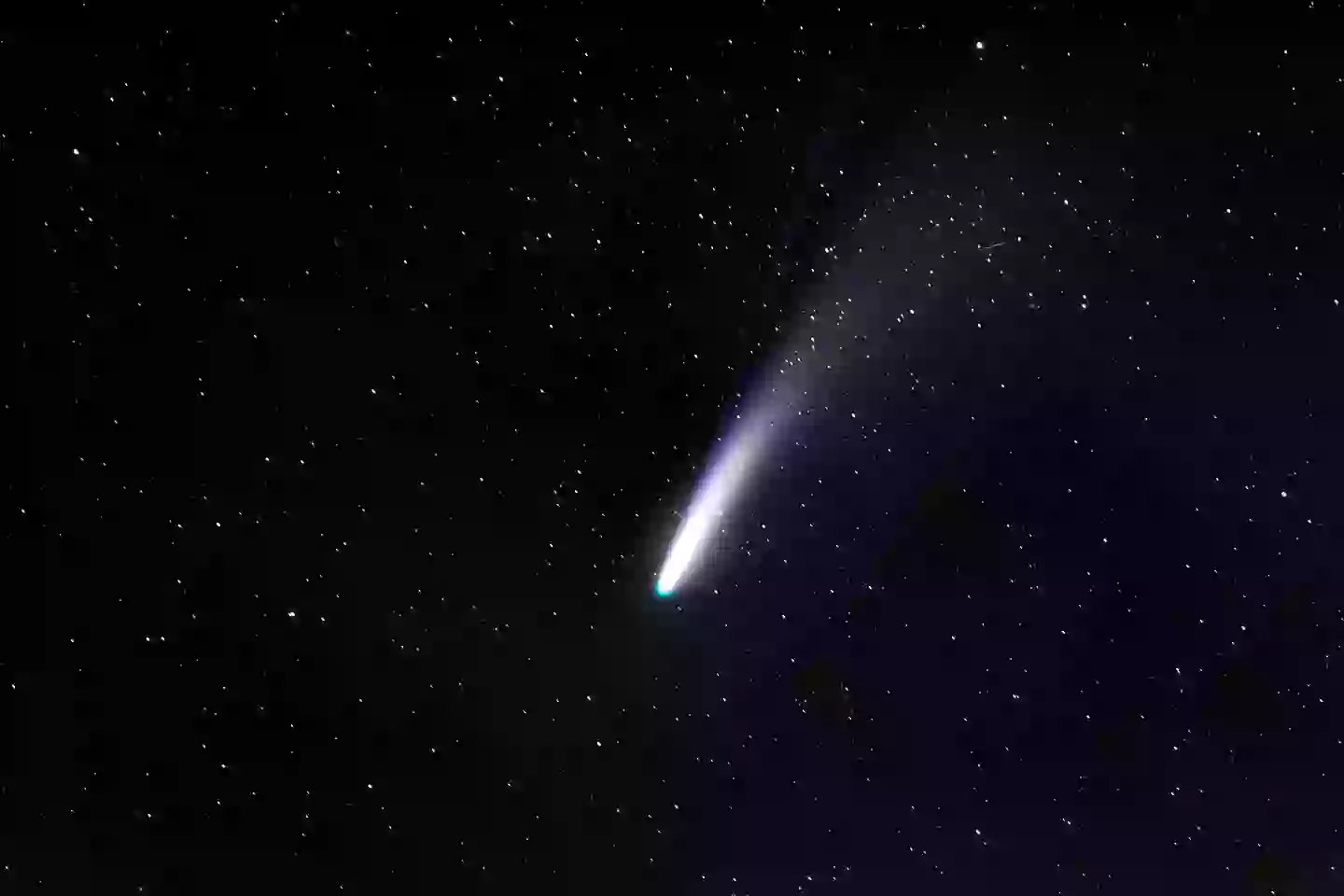
A 50-year-old spaceship is set to crash back down to Earth next week (Getty Stock Images)
DPhil Shubham Kulkarni of the Department of Physics at the University of Oxford has provided a worst-case scenario if the probe was to crash into the UK capital.
He told LADbible: “Scientists at TU Delft, Marco Langbroek and Dominic Dirkx, have determined that the velocity at impact would be 155 miles/hr.
“With this velocity, I estimate that the impact from a 480 kg satellite would release energy equivalent to about ¼ kg of TNT.”

DPhil Shubham Kulkarni has provided his expert opinion on the matter (Department of Physics/University of Oxford)
Kulkarni says the possible impact ‘is similar to the impact of a large delivery van colliding with an object at approximately 50 miles/hr’.
“So if it falls on a small car or a van, it would surely destroy it,” he explained.
“If it falls on the house, it can destroy a room in a house, but the impact would be rather small.”
The scientist insists that ‘we don’t need to panic and this is the worst case scenario’.
“It’s highly unlikely that this would happen. But even if this happens, the damage would be localised,” the researcher added.
Most likely scenario
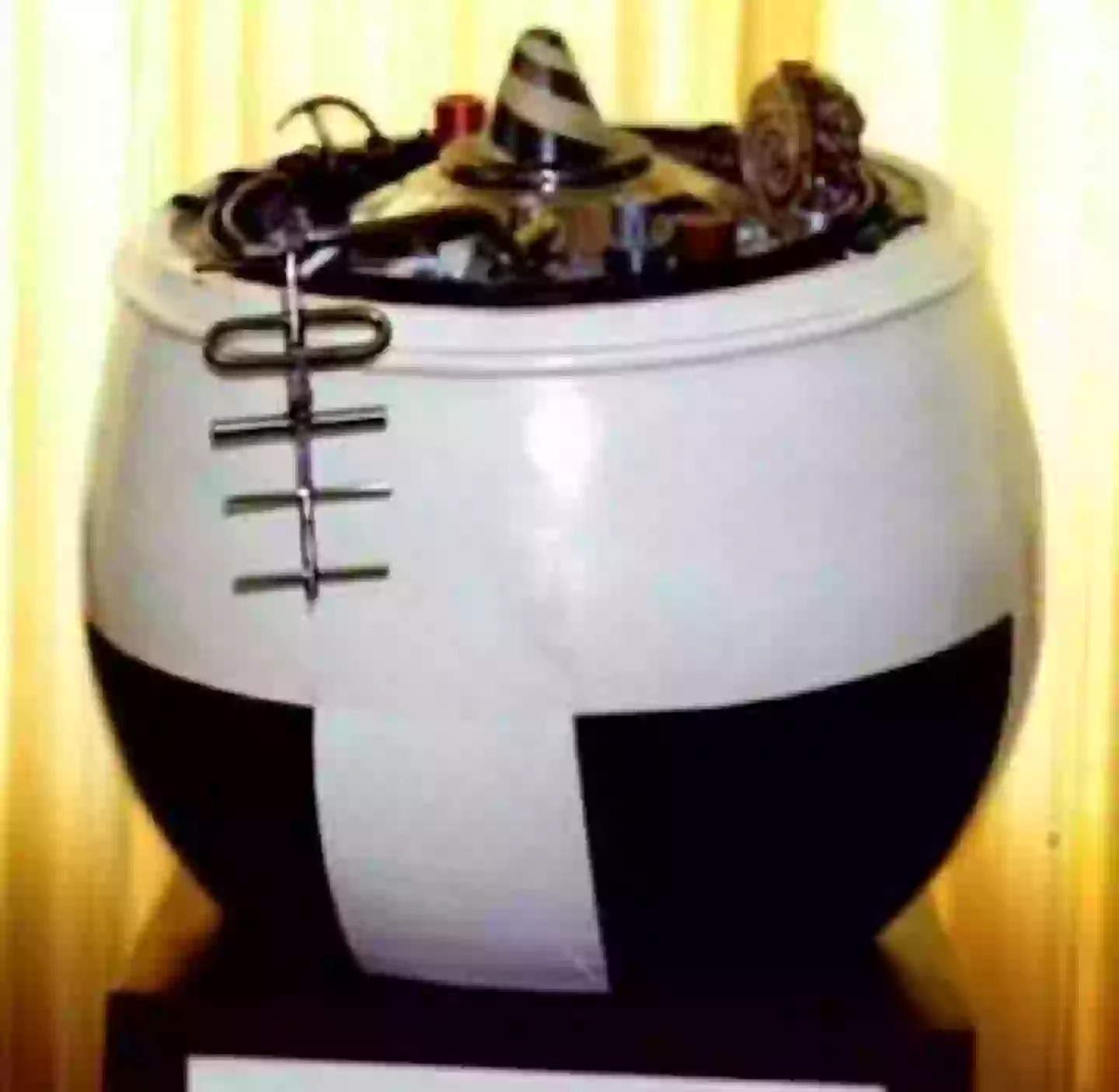
Model of the Venera 8 descent module at the Lavochkin Museum (NASA)
Kulkarni predicts that the most likely landing location is expected to be in the ocean, or a sparsely populated area.
“So the most likely scenario is that somewhere around the world, some city, would see a bright fireball going over them, and then it would hit the water or uninhabited land,” the scientist said.
“71 percent of Earth’s surface is covered by water or oceans, as we see with a lot of entries that it will most likely go into the ocean.”
Whilst the spacecraft is thought to be robust enough to survive reentry, there is also a chance it may disintegrate due to high ablation, Kulkarni says.
